DON’T WAIT ANY LONGER
Technology

Perception
Multi-sensor arrangement with 360° full coverage of surroundings
Accurate and efficient recognition algorithm

Localization
Centimeter level precise positioning
Automatic HD-map generation

Planning
Real-time optimization algorithms that control key vehicle operations in autonomous mode

Implementation
Data processing and distributed data storage with the Integration of vehicle layer, data layer and user layer to execute instructions more efficiently
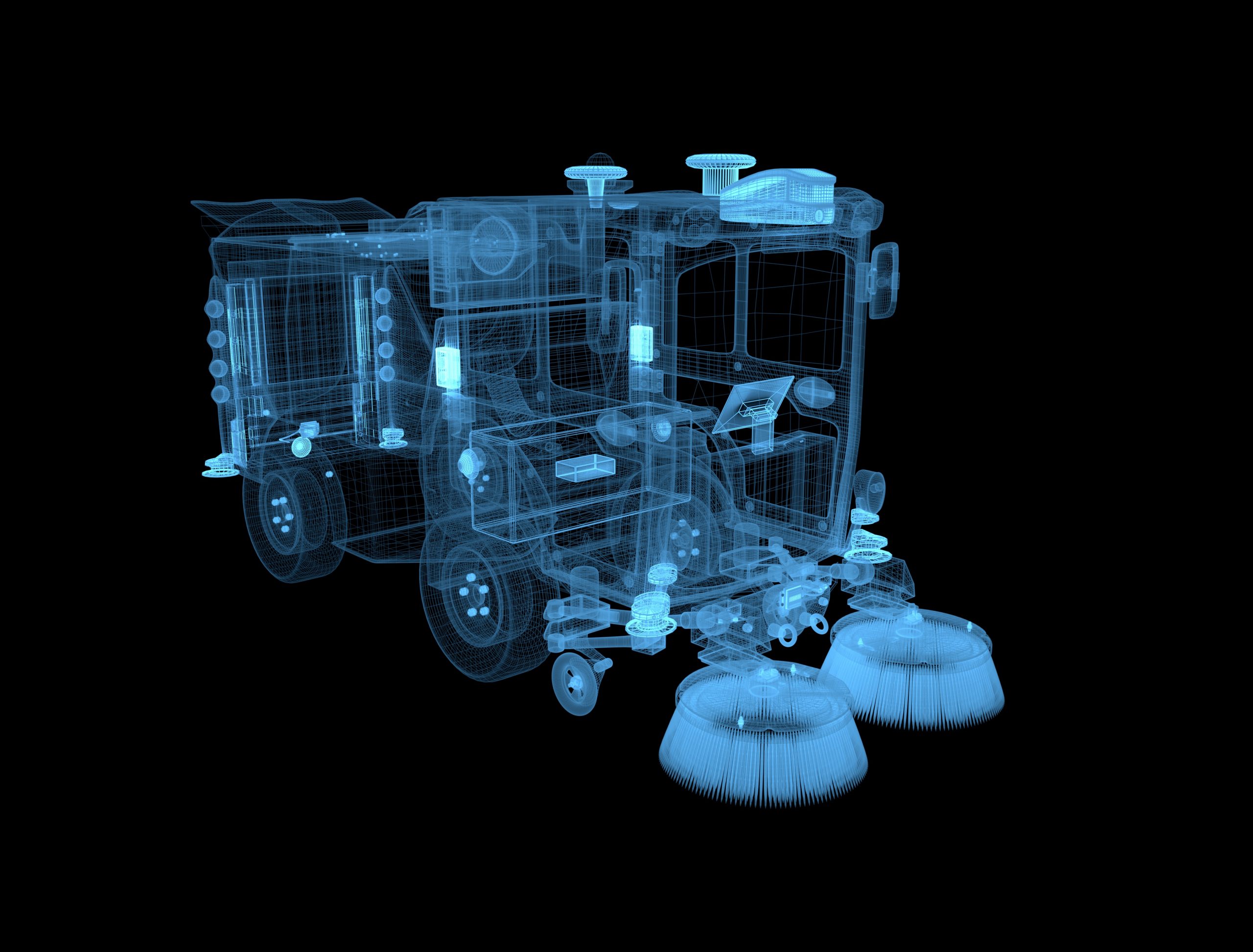
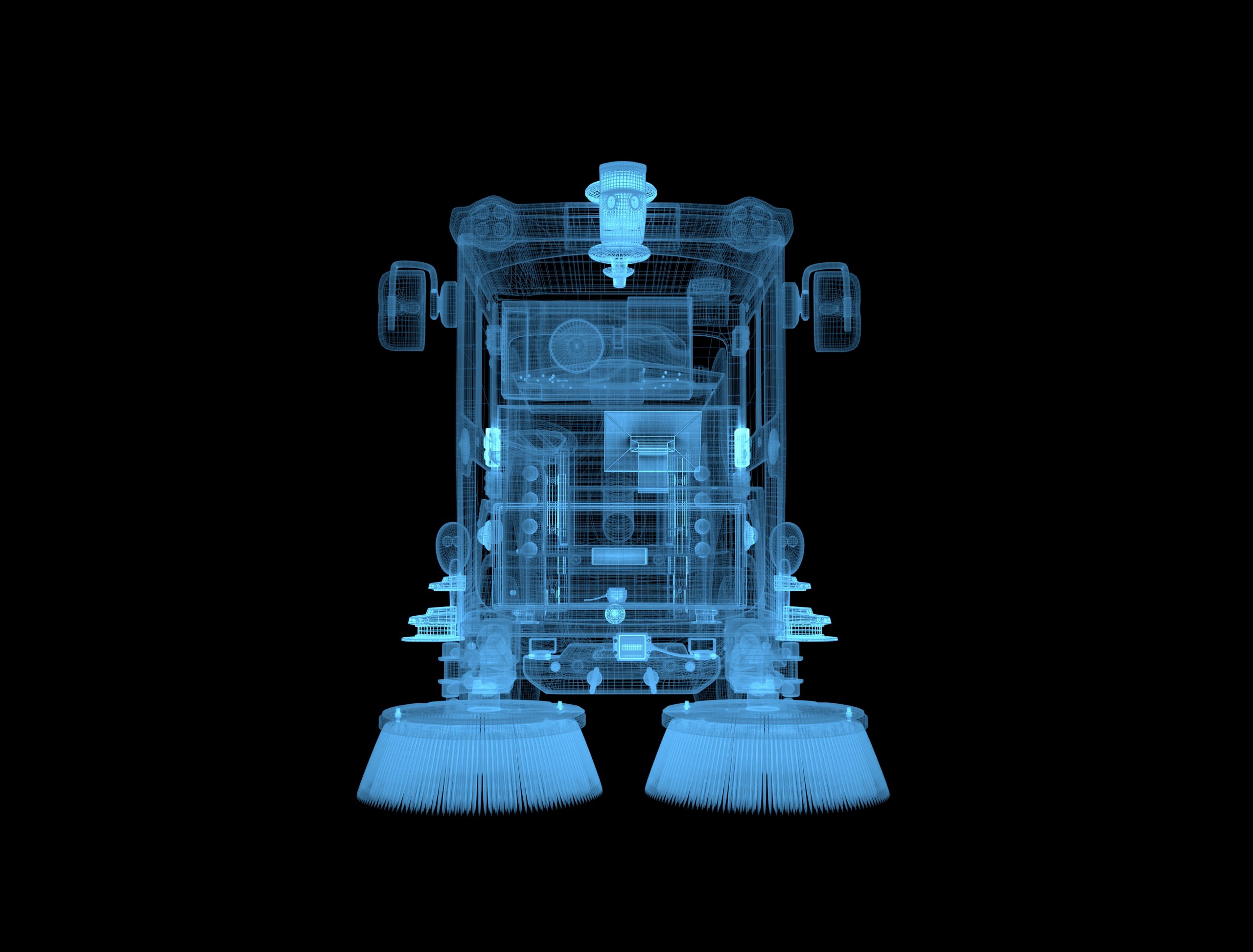



Remote Control Platform Radar24
Visual Monitoring
The platform can display rich and dynamic road information in real time, as well as the on-site operating environment from various perspectives such as front perspective, rear perspective, left and right brush perspectives, and identify obstacles and visual blind spots to ensure vehicle driving safety.
Remote Control APP WiAction
Remote Control
Users can remotely start and stop the vehicle through the platform, and check the vehicle’s operation status, vehicle cleaning tasks, throttle/brake, battery level and other status. After the task is completed, the vehicle can automatically return to the starting point and park with one click.
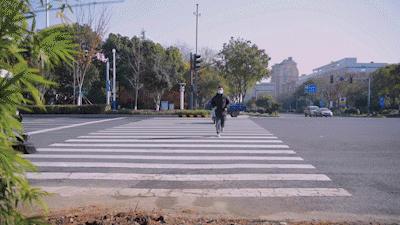
Autonomous Emergency Breaking (AEB)
The Autowise AEB system uses sensors to measure the distance of the sweeper from, objects, pedestrians, and surrounding traffic. Thereby, engaging the brakes if there is a threat of collision. In manual mode, AEB will also alert a driver if there is an imminent collision.

Traffic Light Recognition
Integrated algorithms and cameras allow the vehicle to identify traffic lights. This allows the sweeper to stop on red and go on green.
Detection Software
Data from all sensors allow the sweeper to identify people, animals, static or moving objects within its vicinity. If obstructed, the sweeper will automatically change its route to avoid a collision.






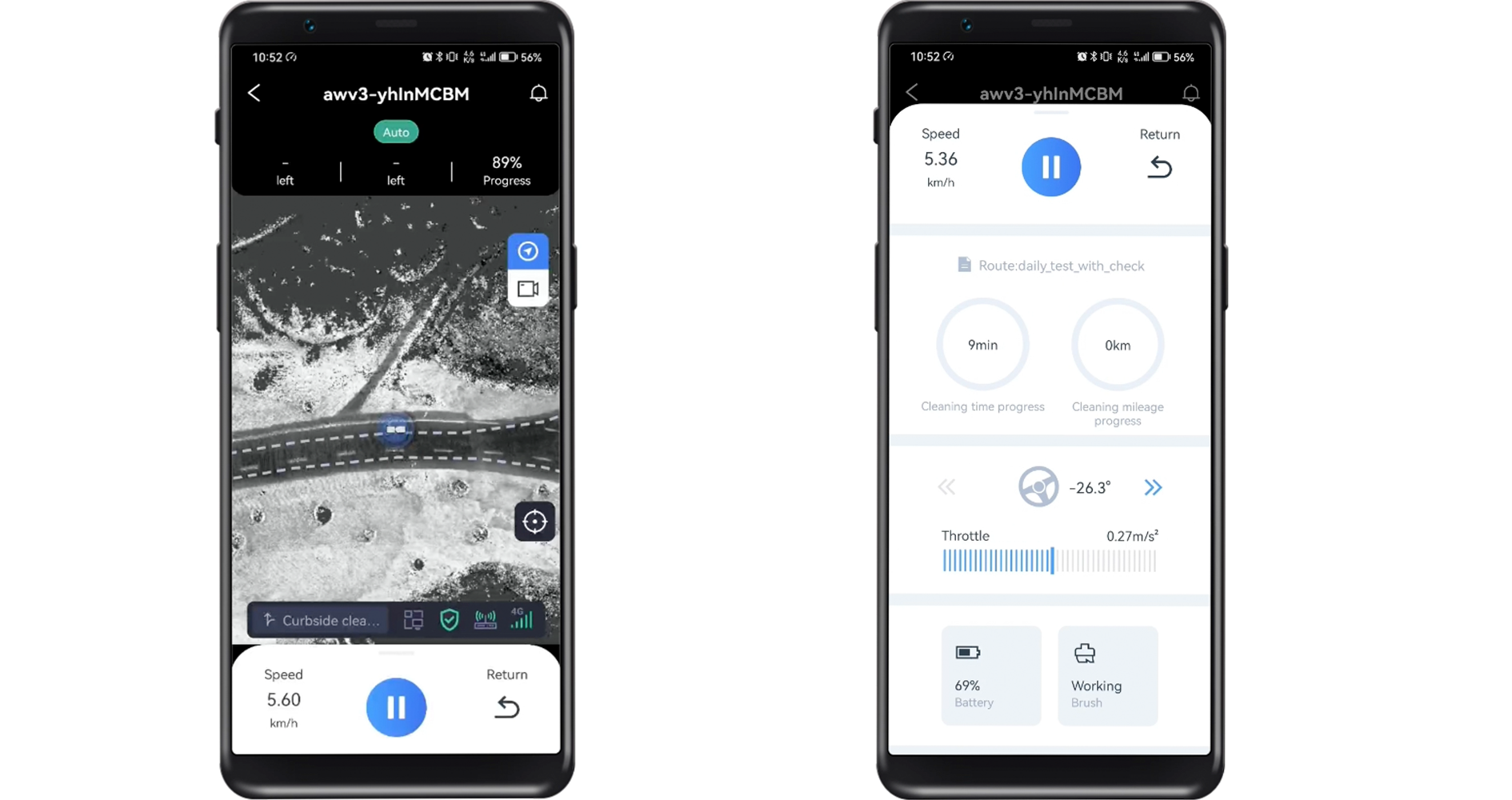




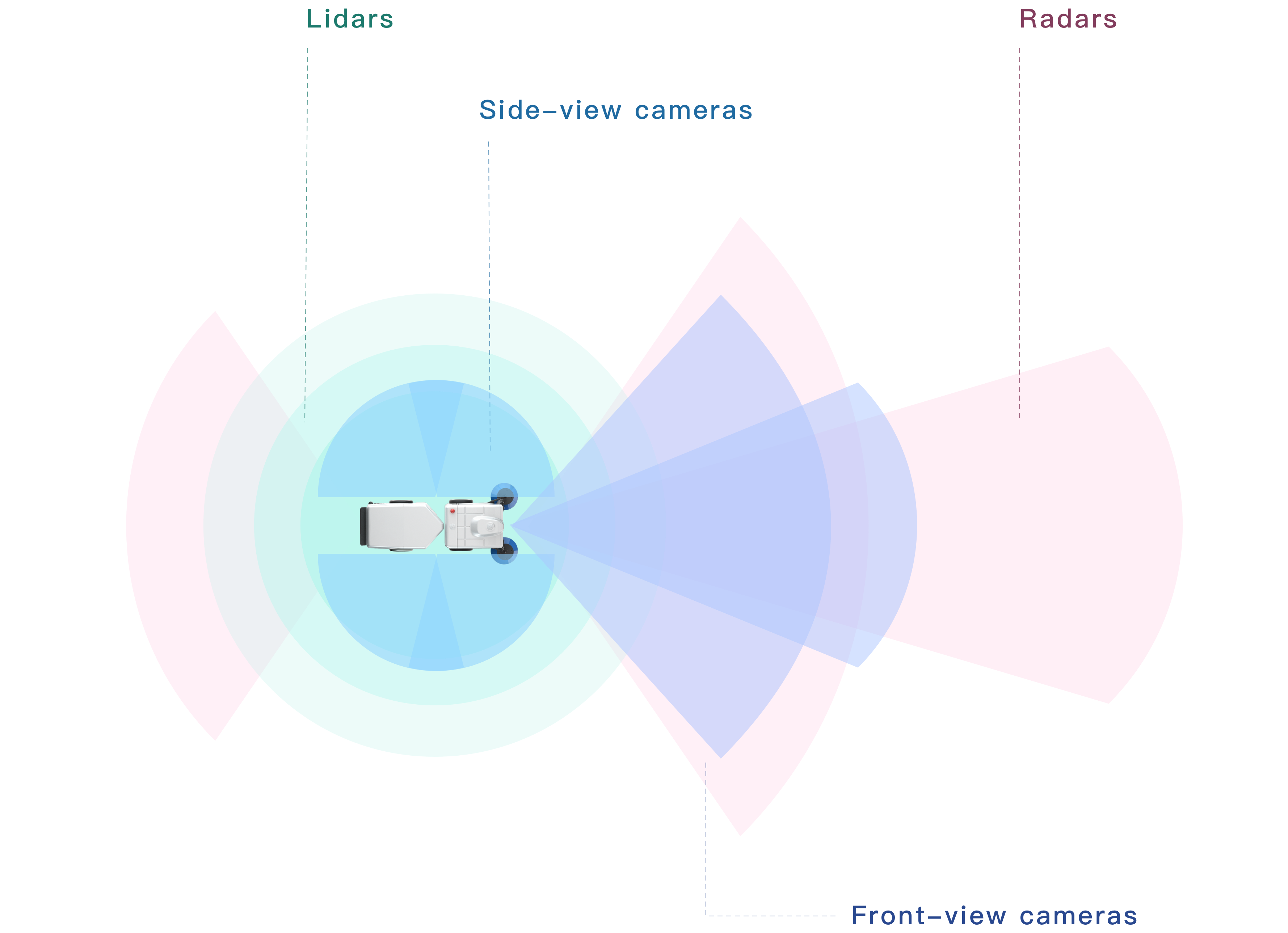








FOLLOW US